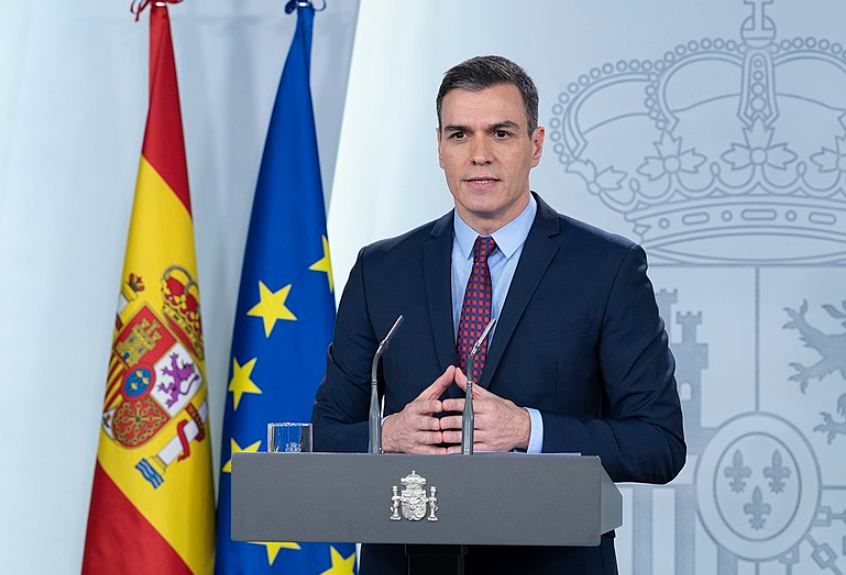Spain is positioning itself at the heart of Europe’s hydrogen economy with an ambitious €2.64 billion investment plan to develop a 2,600-kilometer hydrogen trunk network—an infrastructure project that will span 13 autonomous communities and reuse large sections of existing gas infrastructure. While the scale signals institutional commitment, the technical and social challenges ahead suggest the road to 2030 is far from straightforward.
Reusing Legacy Gas Infrastructure: Strategic Efficiency or Structural Risk?
Over 80% of the proposed hydrogen pipeline will follow the path of existing gas infrastructure, and 21% will directly repurpose current gas pipelines. From an engineering perspective, this hybrid approach promises cost efficiencies and faster deployment. However, retrofitting legacy pipelines originally designed for natural gas with the different material requirements and embrittlement risks posed by hydrogen is a nontrivial challenge. Type I and II steels used in older networks are known to suffer from hydrogen-induced cracking, especially at higher pressures, raising questions about long-term reliability without extensive metallurgical upgrades.
Enagás has yet to publicly release technical specifications or third-party safety assessments related to the pipeline conversion, making it difficult for experts to evaluate the real feasibility of reusing these assets. The risk lies not only in the physical properties of hydrogen but in the regulatory and insurance landscapes that will govern high-pressure hydrogen transmission in populated areas.
Spatial Logic and Node Design: Mapping Demand to Production
The five axes of the network—Vía de la Plata, Cornisa Cantábrica, Levante, Castilla-La Mancha, and Valle del Ebro—are structured to connect anticipated production and consumption hubs. Vía de la Plata alone will span roughly 875 kilometers, a major corridor expected to serve both local industries and cross-border export. But the alignment of this physical infrastructure with future hydrogen production centers and offtakers remains unclear.
While the Spanish Hydrogen Roadmap targets 4 GW of electrolyzer capacity by 2030, current green hydrogen production remains in early-stage pilots. Without firm offtake agreements or industrial anchor clients—particularly in hard-to-abate sectors such as steel, refining, or maritime—there is a risk of stranded infrastructure. The success of the network depends as much on downstream adoption and price competitiveness as on pipeline availability.
Public Participation as Risk Mitigation
To address concerns around environmental, social, and administrative impact, Enagás has launched an 18-month Public Participation Conceptual Plan (PCPP), claiming engagement with 550 municipalities, 50 public administrations, and over 380 associations. On paper, this outreach process is designed to pre-emptively identify environmental conflicts, align with regional sensitivities, and build legitimacy for the network.
However, experts in infrastructure governance caution that such consultation frameworks often fall short of meaningful influence if they are not paired with enforceable impact mitigation measures or legal guarantees for affected communities. With planned compressor stations in Zamora, Tarragona, and La Rioja, environmental assessments will play a critical role—particularly in regions with protected habitats or water scarcity issues.
Compressed Timelines vs Regulatory Bottlenecks
Engineering and environmental studies are reportedly underway, with construction expected to begin in 2028 and commissioning targeted for 2030. That timeline compresses permitting, financing, procurement, and construction into a two-year window. Given the EU’s tightening taxonomy on sustainable investments and Spain’s own environmental scrutiny procedures, it remains to be seen whether this schedule can withstand legal and procedural delays.
Even as European funding instruments like the Connecting Europe Facility and the Hydrogen Bank create financial tailwinds, national-level execution will hinge on inter-ministerial coordination and capacity within regional agencies, many of which are still ramping up hydrogen literacy and permitting expertise.
Economic Promise Amid Structural Dependencies
CEO Arturo Gonzalo Aizpiri frames the project as a “before and after” moment for decarbonization and competitiveness in Spain. The project has political backing from both the Spanish government and European institutions, positioning Spain as a future exporter of renewable molecules. Yet its economic viability ultimately depends on more than just capex and construction: energy price parity with natural gas, electrolyzer efficiency, and integration into pan-European hydrogen corridors will dictate whether this infrastructure delivers on its strategic promise.
In the current energy context, where green hydrogen remains significantly more expensive than its grey counterpart, supply alone cannot drive market formation. Spain’s hydrogen backbone must be matched by synchronized industrial demand, export capacity, and robust policy coherence to avoid becoming a high-cost stranded asset in a fast-evolving energy transition.





